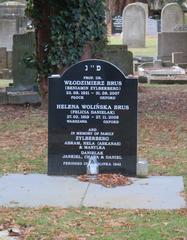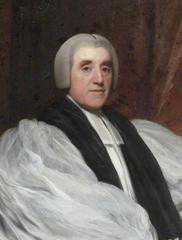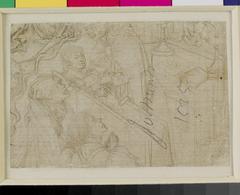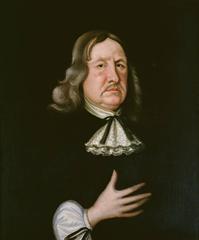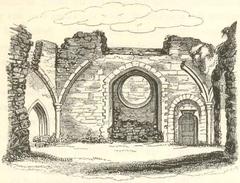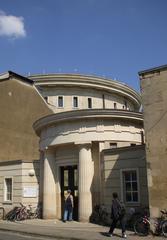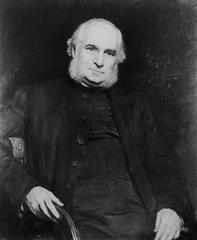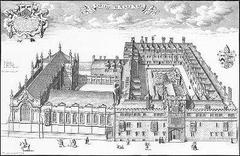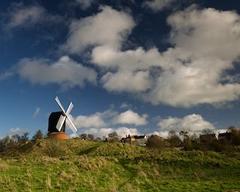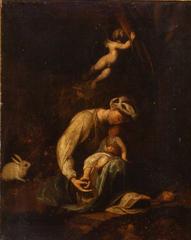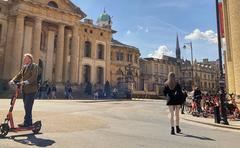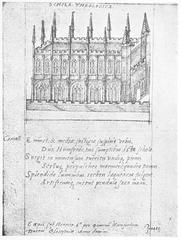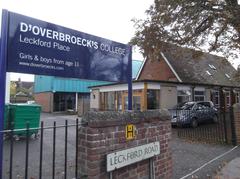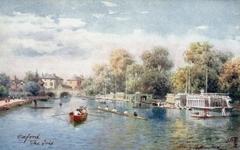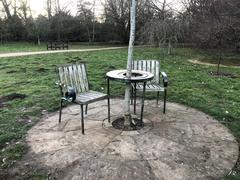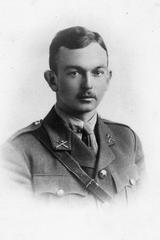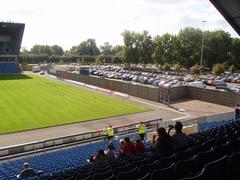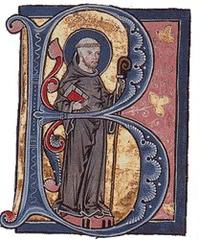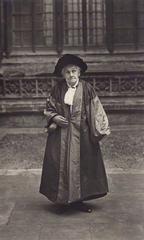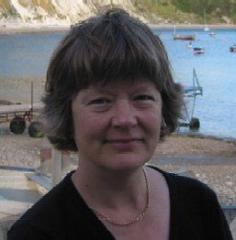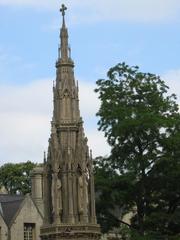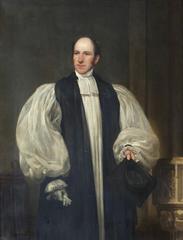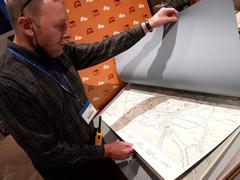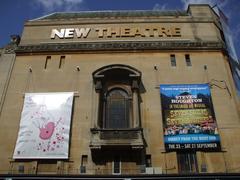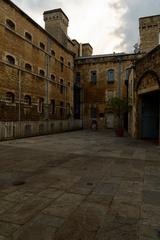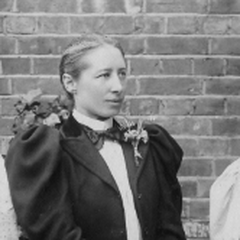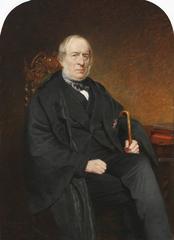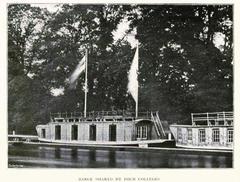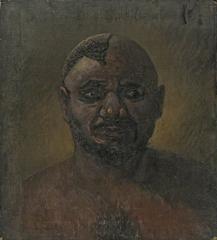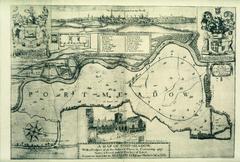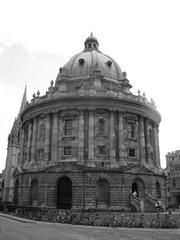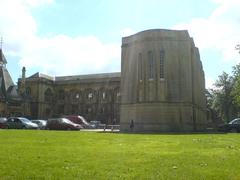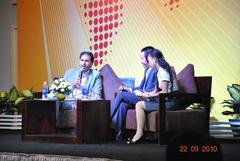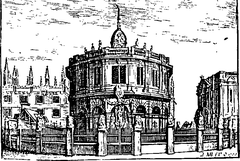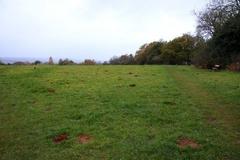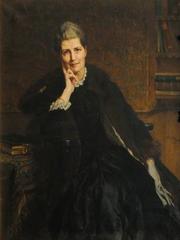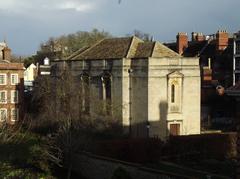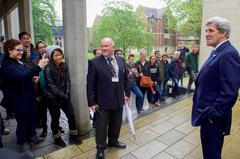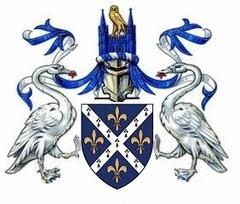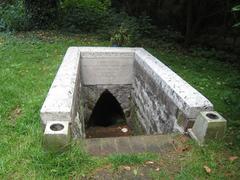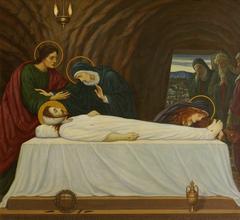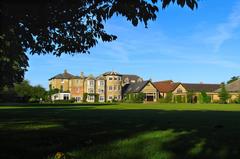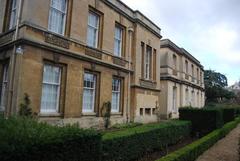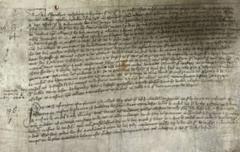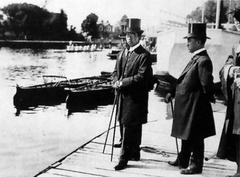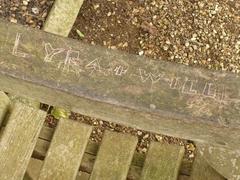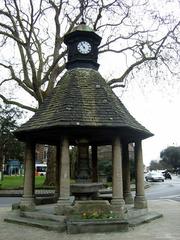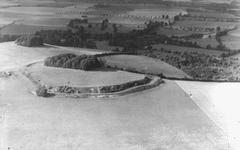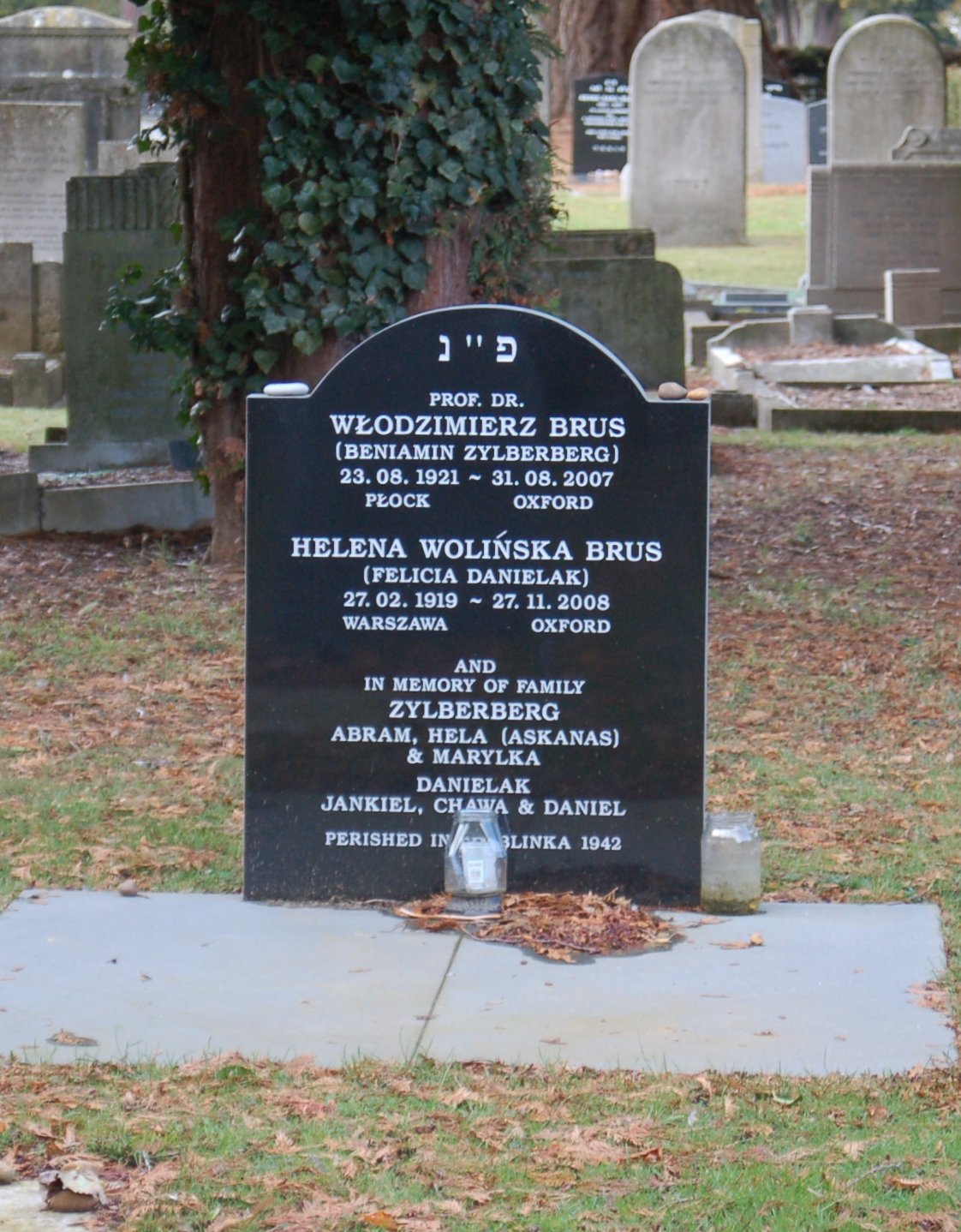
Wolvercote Cemetery Visiting Hours, Tickets, and Historical Guide – Oxford
Date: 14/06/2025
Introduction
Wolvercote Cemetery, set on the northern edge of Oxford in the historic parish of Wolvercote, offers a unique blend of tranquility, cultural heritage, and literary significance. Established in 1889 to serve Oxford’s growing population, the cemetery has become internationally renowned as the resting place of J.R.R. Tolkien, author of The Hobbit and The Lord of the Rings. Its peaceful, tree-lined avenues and diverse burial sections reflect the city’s multicultural fabric and evolving history. This guide provides comprehensive information about visiting hours, tickets, accessibility, notable graves, nearby attractions, and essential travel tips for a meaningful and respectful visit.
Table of Contents
- Origins and Development of Wolvercote Cemetery
- Notable Burials and Memorials
- Visiting Hours and Ticket Information
- Accessibility and Travel Tips
- Cemetery Layout and Facilities
- Cultural and Historical Significance
- Nearby Attractions
- Events and Commemorations
- Frequently Asked Questions (FAQs)
- References and Further Reading
Origins and Development of Wolvercote Cemetery
Founded in 1889, Wolvercote Cemetery was designed to meet the burial needs of an expanding Oxford in the late Victorian era (dbpedia.org; British History Online). Its main entrance on Banbury Road and a secondary entrance on Five Mile Drive reflect its integration into the city’s growing urban landscape. Initially serving Upper and Lower Wolvercote, the cemetery’s establishment coincided with Oxford’s transition from rural villages to a vibrant academic and cultural hub. Today, Wolvercote Cemetery is a testament to over a century of Oxford’s social evolution, accommodating more than 15,000 burials.
Notable Burials and Memorials
J.R.R. Tolkien and Literary Pilgrimage
The most famous interment is that of J.R.R. Tolkien (1892–1973), whose grave, marked with the names “Beren” and “Lúthien,” draws thousands of admirers yearly (Greenbooks: TheOneRing.net; Oxford Mail). This inscription, referencing Tolkien’s own legendarium, symbolizes his enduring bond with his wife Edith and the intertwining of his literary and personal worlds. The grave is located in the Roman Catholic section and is often adorned with flowers, notes, and tokens from fans.
Other Distinguished Figures
- Sir Roger Bannister (1929–2018): First person to run a sub-four-minute mile, celebrated neurologist, and Master of Pembroke College (Set in Stone Didcot).
- James Murray (1837–1915): Editor of the Oxford English Dictionary, attracting linguists and scholars (Oxford Mail).
- Benjamin Henry Blackwell (1849–1924): Founder of Blackwell’s bookshop chain, significant to Oxford’s literary heritage (Oxford Mail).
There are also 44 Commonwealth war graves (21 from World War I, 23 from World War II), recognized with official headstones (Wikipedia).
Visiting Hours and Ticket Information
- Opening Hours: Wolvercote Cemetery is open daily from 8:00 AM to 6:00 PM, with seasonal variation. Always check the Oxford City Council website for updates, especially on holidays or during maintenance.
- Admission: Entry is free; no tickets or advance booking required.
- Chapel Access: The on-site funeral chapel is available by appointment only. For arrangements, contact the Cemeteries Team at 01865 252516 or email [email protected].
Accessibility and Travel Tips
- By Car: Limited parking is available on the cemetery driveway; nearby street parking may be used during busy times (Oxford City Council).
- By Public Transport: Multiple bus routes link Wolvercote with Oxford city centre (approx. 3 miles away), making access easy (Lost in Landmarks).
- By Bicycle: Cyclists can use Oxford’s cycle paths; bike racks are located near the entrance.
- Wheelchair Access: Main paths are level and surfaced, suitable for wheelchairs and mobility aids, though some grassy or older sections may be uneven.
- Restrooms: Public toilets are located near the main entrance and open during visiting hours.
Cemetery Layout and Facilities
- Entrances: Main entrance on Banbury Road; secondary on Five Mile Drive (Wikipedia).
- Sections: Dedicated areas for Roman Catholic, Jewish, Muslim, Baháʼí, Greek Orthodox, Russian Orthodox, Serbian Orthodox, Polish Roman Catholic, Quaker, green burials, and infants (Wikipedia).
- Maps: Displayed at entrances; detailed section maps available from Oxford City Council upon request.
- Seating: Benches and shaded areas provided throughout for reflection.
- Photography: Permitted for personal use; commercial filming requires prior council approval. Please be discreet, especially during funerals (Oxford Magic Tours).
Cultural and Historical Significance
Wolvercote Cemetery is a microcosm of Oxford’s multicultural and academic history. Its establishment reflects Victorian ideals of public health, order, and dignity in mourning spaces. The cemetery’s organization, with multiple religious sections, highlights Oxford’s diverse population and ongoing commitment to inclusivity (British History Online). The presence of war graves and notable academic figures underscores its national and international significance.
Nearby Attractions
- Godstow Abbey Ruins: Medieval ruins a short walk away, ideal for history enthusiasts (Little Miss Gem Travels).
- Port Meadow: Historic open space for walking and birdwatching.
- Oxford University and Blackwell’s Bookshop: Accessible via public transport or a short drive.
- The Eagle and Child Pub: Famous for its connection to Tolkien and the Inklings literary group.
Combining these with a visit to the cemetery enriches the cultural experience (Atlas Obscura; Visit Oxfordshire).
Events and Commemorations
Guided tours and commemorative events, particularly around Tolkien anniversaries (January 3 and September 2), are occasionally held. These may feature expert talks, wreath-laying, and gatherings of literary fans (Greenbooks: TheOneRing.net). Check the Oxford City Council website or local event listings for details.
Frequently Asked Questions (FAQs)
Q: What are the cemetery’s opening hours?
A: Typically 8:00 AM to 6:00 PM daily; check the Oxford City Council website for current hours.
Q: Is there an admission fee?
A: No, entry is free and open to all.
Q: Is the cemetery wheelchair accessible?
A: Yes, main paths are accessible, but some areas may be uneven.
Q: Can I visit Tolkien’s grave?
A: Yes, it’s located in the Roman Catholic section and is accessible during opening hours.
Q: Are guided tours available?
A: Occasionally, especially for special anniversaries or through local heritage groups.
Q: Is photography allowed?
A: Yes, for personal use. Please be respectful and avoid photographing funerals.
Q: How do I find a specific grave?
A: Use section maps at the entrance or request a detailed map from the council.
References and Further Reading
- Wolvercote Cemetery (dbpedia.org)
- Wolvercote Cemetery historical context (British History Online)
- Famous people buried in Oxford (Oxford Mail)
- Famous graves of Oxfordshire (Set in Stone Didcot)
- J.R.R. Tolkien’s grave (Greenbooks: TheOneRing.net)
- How to visit the graves of 75 famous writers (LitHub)
- Oxford Cemetery Plan (BBC News)
- Exploring Wolvercote & Godstow (Little Miss Gem Travels)
- Wolvercote Cemetery visitor information (Oxford City Council)
- J.R.R. Tolkien’s grave and guided tours (Oxford Magic Tours)
- Tolkien’s grave visitor details (CityDays)
- Visiting Tolkien’s grave (Paull Blakeman)
- Wolvercote Cemetery overview (Wikipedia)
- Atlas Obscura: J.R.R. Tolkien’s Grave
- Visit Oxfordshire tourism
Plan Your Visit
To make the most of your trip:
- Check official updates for current hours and events.
- Consider downloading the Audiala app for guided literary tours and interactive maps.
- Respect the primary function of the site as a place of remembrance.
- Explore nearby Oxford landmarks for a richer cultural experience.
For further assistance or to arrange special access, contact the Oxford City Council Cemeteries Team at 01865 252516 or [email protected].
